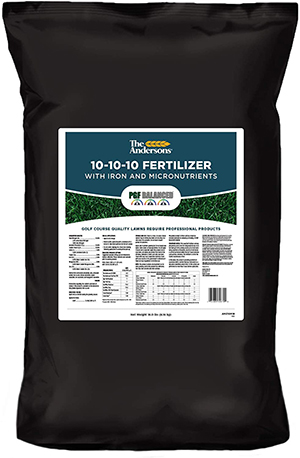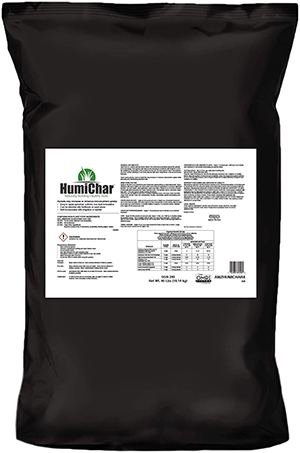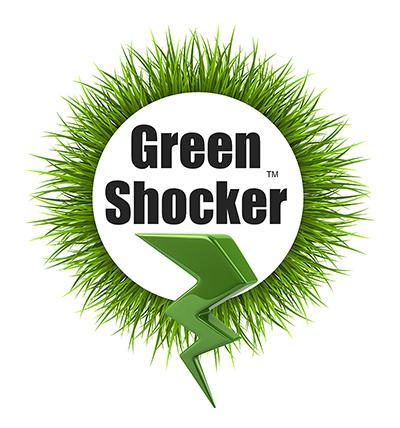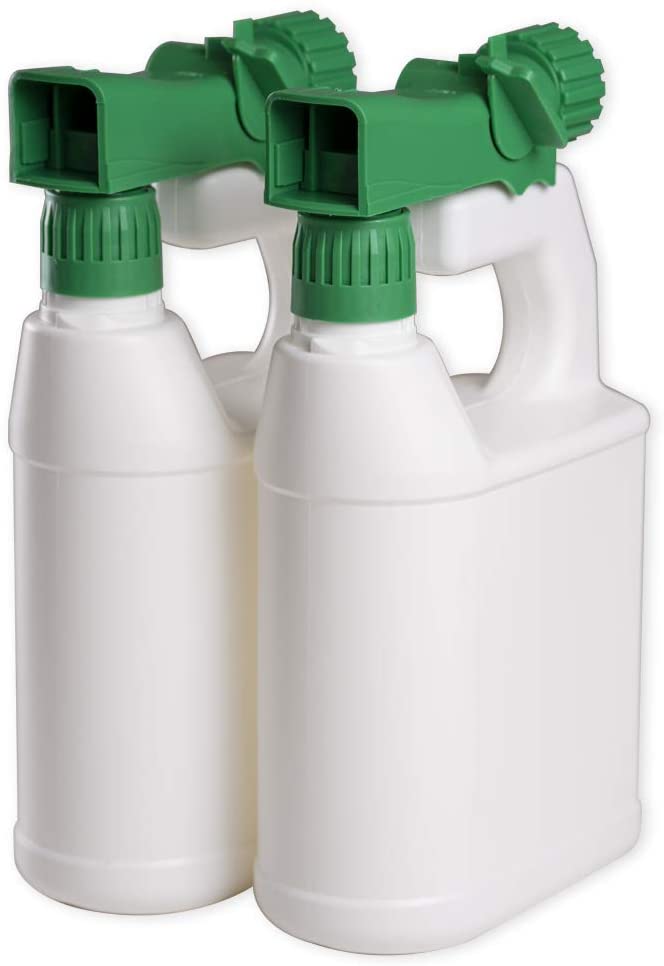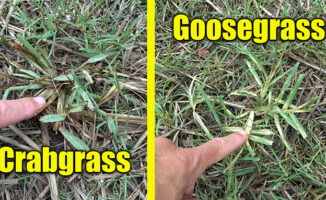How Mycorrhizal Fungi Works Lawn and Garden
Doc explains how Mycorrhizal Fungi Works in the lawn and garden and then does an application of Super Juice with added Mycorrhizal Fungi spores and microbes. He also adds a wetting agent to help water infiltrate the clay soil better. It’s a long day of learning, cutting the lawn, and working in the garden.
How Mycorrhizal Fungi Works Video
No Spam… Just Notifications of New Posts
YouTube does NOT send out notifications well. This will.
Free Lawn Care Guides
Click the picture below and then select the guide you need.
New Dirt Booster Plus for Lawn and Gardens
Add organic matter, microbes, and good fungus to make your lawn and garden thrive. All new formula.
Mycorrhizal Fungi Powder
Wetting Agent for Better Water Infiltration
Super Juice Lawn Supplement and Bio-Stimulant
PGF Balance 10-10-10
A professional grade 10-10-10 with tiny particles, micro nutrients, and iron.
PGF Complete 16-4-8 Lawn Fertilizer
This is the main fertilizer for ALL lawns during the growing season. Warm season and cool season lawns.
HUMICHAR…
Should be applied to ALL LAWNS and can be applied as heavy and as often as you like. It contains NOTHING that can hurt your lawn and is 50/50 mix of biochar and humic acid.
Killing Grubs and Army Worms with the Double Kill Doucide
Preventative products should be used in the late summer. Killing products work best in the spring. The product below can be applied anytime of the year to kill grubs.
GreenShocker Fast Acting Granular
GreenShocker is a granular, all fast release, fertilizer supplement.
PGF Complete website to pick the right fertilizer.
Lawn Hose End Spray Bottles
WARNING: Use only the 20:1 ratio bottles and do not pay more than $19 for TWO bottles. When out of stock, others will charge up to $40 if out of stock. Simply wait until they come back in stock from Andersons.
Large Spreader Used – Top Pick for 2021
Probably one of the best VALUES for a large spreader with huge 13 inch wheels.
Best VALUE in Reel Mowers
Mycorrhizal fungi are a fascinating group of fungi that form a symbiotic relationship with the roots of most plants. The word “mycorrhiza” comes from the Greek words “mycos,” meaning fungus, and “rhiza,” meaning root. This mutually beneficial association between plants and mycorrhizal fungi has been crucial for the success and health of both terrestrial plants and ecosystems for millions of years.
Here’s how mycorrhizal fungi work:
- Colonization: Mycorrhizal fungi colonize the soil and develop a vast network of tiny, thread-like structures called hyphae. These hyphae are much smaller than plant roots and can access soil spaces and nutrients that are out of reach for plant roots.
- Root Association: When a plant root comes into contact with the mycorrhizal hyphae, the fungi form a physical and functional association with the root. This association can take different forms depending on the type of mycorrhizal fungi and the plant species involved, but the two most common types are:a. Ectomycorrhizae: These fungi form a sheath around the outside of the root and extend their hyphae into the soil between soil particles. Commonly associated with trees like oaks, pines, and birches.b. Endomycorrhizae (Arbuscular Mycorrhizae): These fungi penetrate the plant root cells, forming intricate structures called arbuscules and vesicles within the root cells. This type of mycorrhizae is more widespread and is commonly found in a wide range of plants, including most agricultural crops.
- Nutrient Exchange: The mycorrhizal association enables a mutually beneficial nutrient exchange between the plant and the fungus. The plant provides the mycorrhizal fungi with sugars and other organic compounds produced during photosynthesis. In return, the mycorrhizal fungi enhance the plant’s ability to absorb nutrients, especially phosphorus, nitrogen, potassium, zinc, and copper, from the soil. This is particularly important in soils with low nutrient availability.
- Water Uptake: Mycorrhizal fungi also help plants improve their water uptake. The extensive network of hyphae acts like a secondary root system, increasing the surface area available for water absorption and reducing water loss by enhancing the plant’s drought resistance.
- Pathogen Protection: Mycorrhizal fungi can also play a role in protecting plants from certain pathogens. The hyphal network can create a barrier that restricts the entry of harmful soil-borne pathogens into the root zone.
- Ecosystem Impact: Mycorrhizal fungi have significant implications for ecosystems. They enhance soil structure and stability, contribute to carbon sequestration, and facilitate nutrient cycling. In natural environments, they are crucial for plant succession and the establishment of new vegetation.
In summary, mycorrhizal fungi form a mutually beneficial relationship with plants, enhancing nutrient uptake, water absorption, and pathogen protection. This association has been essential for the success of plants in various terrestrial environments and plays a critical role in maintaining healthy ecosystems.








